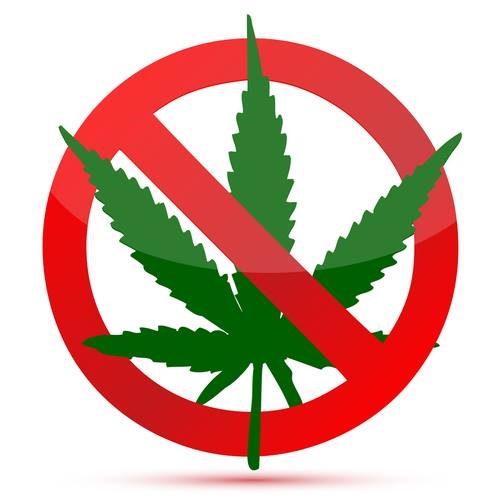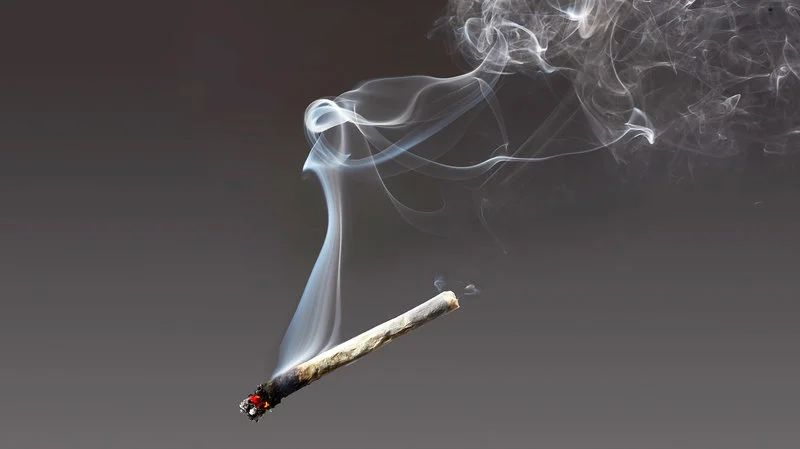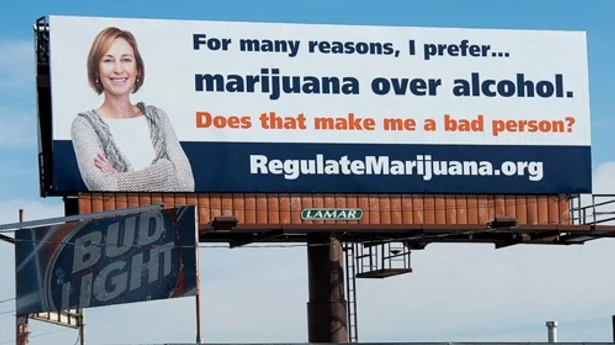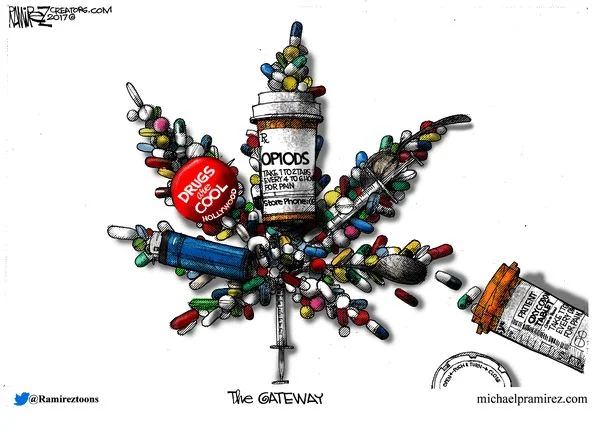States rush to legalize recreational pot, even as evidence of its harms grows.
Read MoreStay in the know with the latest on our fight against the legalization of marijuana
Have an article that you would like us to post? Share it on our Facebook page!
Many cannabis dispensaries recommend pot to pregnant women→
/More than two-thirds of cannabis dispensaries recommend that pregnant women use marijuana to treat morning sickness even though doctors advise against it because of safety concerns, a U.S. study suggests.
Read MoreAre There Risks From Secondhand Marijuana Smoke? Early Science Says Yes→
/He started thinking: San Franciscans would never tolerate those levels of cigarette smoke in a public place anymore. So why were they OK with smoke from burning pot? Did people just assume that cannabis smoke isn't harmful the way tobacco smoke is?
Read MoreCanadian doctors group warns about the adverse effects of medicinal marijuana
/There is little to no research to support the supposed benefits of medical cannabis, and what evidence exists suggests that using marijuana as medicine may do more harm than good, family doctors’ associations across Canada are telling their members.
Read MoreThe dirty tricks of Big Marijuana→
/Although supporters of recreational pot had the gall to argue that legalisation would lead to decreased use by teenagers, regular use of marijuana among children between 12 and 17 has been above the national average and is rising faster than the national average.
Nor did legalization reduce black market marijuana activity in Colorado. Last year the state’s Attorney General, Cynthia Coffman, told the media: “The criminals are still selling on the black market. ... We have plenty of cartel activity in Colorado (and) plenty of illegal activity that has not decreased at all.”
Homelessness has surged by 50 percent from the time recreational pot was legalized. Surveys at Denver shelters estimate that about 20 to 30 percent of newcomers have moved to Colorado so that they can have easy access to the drug.
Read MoreMarijuana use is associated with an increased risk of prescription opioid misuse and use disorders→
/New research suggests that marijuana users may be more likely than nonusers to misuse prescription opioids and develop prescription opioid use disorder. The study was conducted by researchers at the National Institute on Drug Abuse (NIDA), part of the National Institutes of Health, and Columbia University.
Read MoreNational study finds little proof of pot’s medical benefits→
/Marijuana advocates tout the drug and its compounds as therapeutic for everything from treating glaucoma to stopping nightmares. But a new systematic review of more that 10,700 scientific studies conducted by the National Academies of Science, Engineering, and Medicine found verifiable benefits for only two disorders—chronic pain and the nausea and vomiting caused by chemotherapy.
Read MoreWhat Child Is This?
/How is it that we have, collectively, forgotten to keep watch over those entrusted to our watch – especially from high office? Last year, 47,055 Americans, most of them young, were lost to drug abuse – just statistics now. Why?
In part, because so many Americans have heard a mixed message from their leaders – with devastating effects. Led to believe drugs are “recreation,” something not different from beer or wine, kids try and soon die. Synthetic opioids, heroin, cocaine, high potency marijuana – and then a trip to the ER, or not even, on the way to a mortuary. Numbers do not lie.
Read MoreProp 64 Wins - Public Health, Safety and California Kids Lose
/“This is the worst possible message we could send to our citizens, children and other states,” warns Scott Chipman, Southern California Chair of CALM. “For at least a generation California like Colorado will be burdening their communities and children with the scourge that is marijuana. The negative impacts of legalization and commercialization will be regular headlines in the news and in the lives of Californians.”
Read MoreWhy Legalizing Marijuana Would Be a Big Mistake
/The marijuana of today comes in numerous forms; smoked, vaporized, butters, waxes, oils, and edibles. What they all have in common is their THC potency (THC is the psychoactive, intoxicating and addictive cannabinoid in marijuana) which is 10-40x greater than the marijuana of the 1960’s. Today’s marijuana has been genetically engineered to maximize THC and minimize CBD (the non-psychoactive, non-intoxicating, non-addictive; cannabinoid with potentially therapeutic value).
Read MoreWhen A Lie Travels: Comparing Alcohol To Marijuana→
/This November, several states will vote on whether to legalize marijuana for recreational use, and the proponents of legalization have seized on a seemingly clever argument: marijuana is safer than alcohol. The Campaign to Regulate Marijuana Like Alcohol, an effort of the Marijuana Policy Project (or MPP), has taken this argument across the country. Their latest strategy is labeled Marijuana vs. Alcohol. It is a very misleading, even dangerous, message, based on bad social science and sophistic public deception.
Read MoreThe unkept promise of marijuana revenue
/Using marijuana as a form of tax revenue is terrible policy that doesn't hold weight in reality.
Read MoreGoing to Pot→
/Humboldt County's marijuana boom is destroying a unique redwood forest ecosystem and killing some of California's rarest wildlife.
Read MoreDrug traffickers seek safe haven amid legal marijuana.→
/Seeking a safe haven in Colorado's legal marijuana marketplace, illegal drug traffickers are growing weed among the state's sanctioned pot warehouses and farms, then covertly shipping it elsewhere and pocketing millions of dollars from the sale, according to law enforcement officials and court records consulted by The Associated Press.
Read MoreAmerica’s doctors don’t support medical marijuana→
/State legislatures across the country are legalizing medical marijuana, but the nation’s physicians aren’t requesting these laws. The American Academy of Pediatrics and the American Society of Addiction Medicine are both against medical marijuana laws. The American Medical Association doesn’t support them, either.
Read MoreLast Thing Struggling Students Need is More Marijuana
/David W. Murray
Two recent measures of educational performance, one at the national level (National Assessment of Educational Progress, or NEAP) and one among 11 regional states and the District of Columbia showed not only poor and deteriorating performance for all students, but staggering differences between white students and black students.
At the national level, the NEAP reported that 66 percent of all 8th graders were “not proficient” in reading, rising to 67 percent in math. But for black 8th graders, fully 84 percent were “not proficient” in reading, with 87 percent “not proficient” in math.
And the report on students in the District of Columbia revealed an educational disaster. In 3rd through 8th grade, only 79 percent of whites were “proficient” in English, with 70 percent so for math. For black students, proficiency in either skill fell to 17 percent.
In high school, it got worse. Only 52 percent of whites were proficient in geometry, compared to four percent of blacks. In English, only 20 percent of black students were proficient, compared to 82 percent of whites.
Importantly, the blame falls not on the expectant students. It falls squarely on the institutions—and the adults—entrusted with the task of educating them. (The District spent $17,953 per pupil, outranking all states but Alaska, in the most recent, reported year.) Teaching youth is the most fundamental operation of any culture, upon which acquisition of other capacities will depend. If they can’t read, write, or calculate, we are failing to render self-sufficient in the tools of daily life the coming generation.
We may not have the power to fix all the things that are wrong with public schools. But surely we have the power, and the responsibility, to not make things worse, particularly for those already struggling. And making things worse is just what the District, and now other places in America, are doing, by making marijuana use more normalized and widespread.
According to the latest results from the National Epidemiological Survey on Alcohol and Related Conditions (NESARC), marijuana use doubled between the period 2001-2002 and the most recent wave offindings, the years 2012-2013. There was also a near-doubling of “marijuana-related disorders,” such that three-in-ten users now suffer problems.
But an equally troubling finding was what NESARC termed “significant increases across demographic subgroups.” In fact, “Black and Hispanic individuals showed especially notable increases in the prevalence of marijuana use and marijuana use disorders, trends consistent with other studies showing that marijuana use is now more prevalent in black than white individuals.”
These disturbing results for marijuana only add to the bad news, which most affects youth — and perhaps critically affects disadvantaged youth.
No one says that drug use is the single factor “causing” student failure; there are documented institutional and social deficiencies enough for that. But who will not face that marijuana use will most penalize those most at risk? Minority youth are both using more dope and suffering more of the consequences, and the impact hits hardest those without support.
The clear science on adolescent marijuana use and school failure isundeniable. The loss of 8 IQ points from heavy use, the measurable detriment to memory and learning, the risks of depression and psychosis for the vulnerable, the greatly increased risk of school drop-out; these are now well-established associations, and they seem to worsen as marijuana potency skyrockets, while dependency becomes“more severe.”
We can anticipate the objections from legalization advocates. Under the District’s rules, marijuana is still illegal for kids. But there is strongevidence showing that where marijuana is legalized and normalized, youth use soars, damaging learning and bringing addiction to the young.
It could also be that the “causation” is reversed; the reason that those failing in school are turning to marijuana is because they’re already failing in school. It’s possible, and may be true for some facing social disadvantage and psychological co-morbidities.
But surely that is no argument to therefore make dope wall-to-wall. One-in-every-eight high school kids in Colorado is now a current marijuana smoker. Moreover, teachers tell routinely another tale, of the high-performing youth who in a single semester changes dramatically—for the worse—and becomes a “stoner.” And then they lose them.
We should at least examine the true nature of the impact, and plan a response. We could explore programs like in-school screening for at-risk kids; if they’re starting to use drugs, it could be a chance to intervene and bring help.
Fixing this will require serious educational reform. Instead, inexplicably, the District determined to take us in the wrong direction – they legalized.
For education advocates and those of us especially concerned by the worsening failure of at-risk Americans in the classroom, it is time to recognize that the brain-altering effects of marijuana are now a dangerous and growing educational threat.
Defiant Pot Shop Must Pay $1.8 Million
/“The judges are sending a message, and so are we: Marijuana dispensaries can either follow the law or they will pay a high price for their actions,” City Attorney Jan Goldsmith said. “Every business has to comply with zoning laws. You can’t open a dog kennel or a dry cleaner anywhere you like, and neither can you open a marijuana dispensary in neighborhoods where City zoning laws forbid them. My office will continue to close these illegal dispensaries and see that their operators face stiff consequences.”
Read MoreOhioans Reject Marijuana
/Ohioans reject the plain stupid idea of legalizing marijuana 65%-35%. It lost in all 88 counties. In California we have recently defeated initiatives for grow sites in Shasta County, pot shops in 6 San Diego County cities, pot shops in Yucca Valley and the city of Riverside. All with about 60% of the votes. Legalizing is not inevitable. Inevitability is a lie attempting to manipulate the perception to create an outcome.
Read MoreThe Battle for The Brain
/The terrible effects of marijuana on the brain are clear. Take a look at some of the facts.
Read More



















